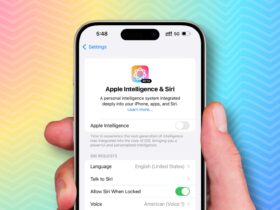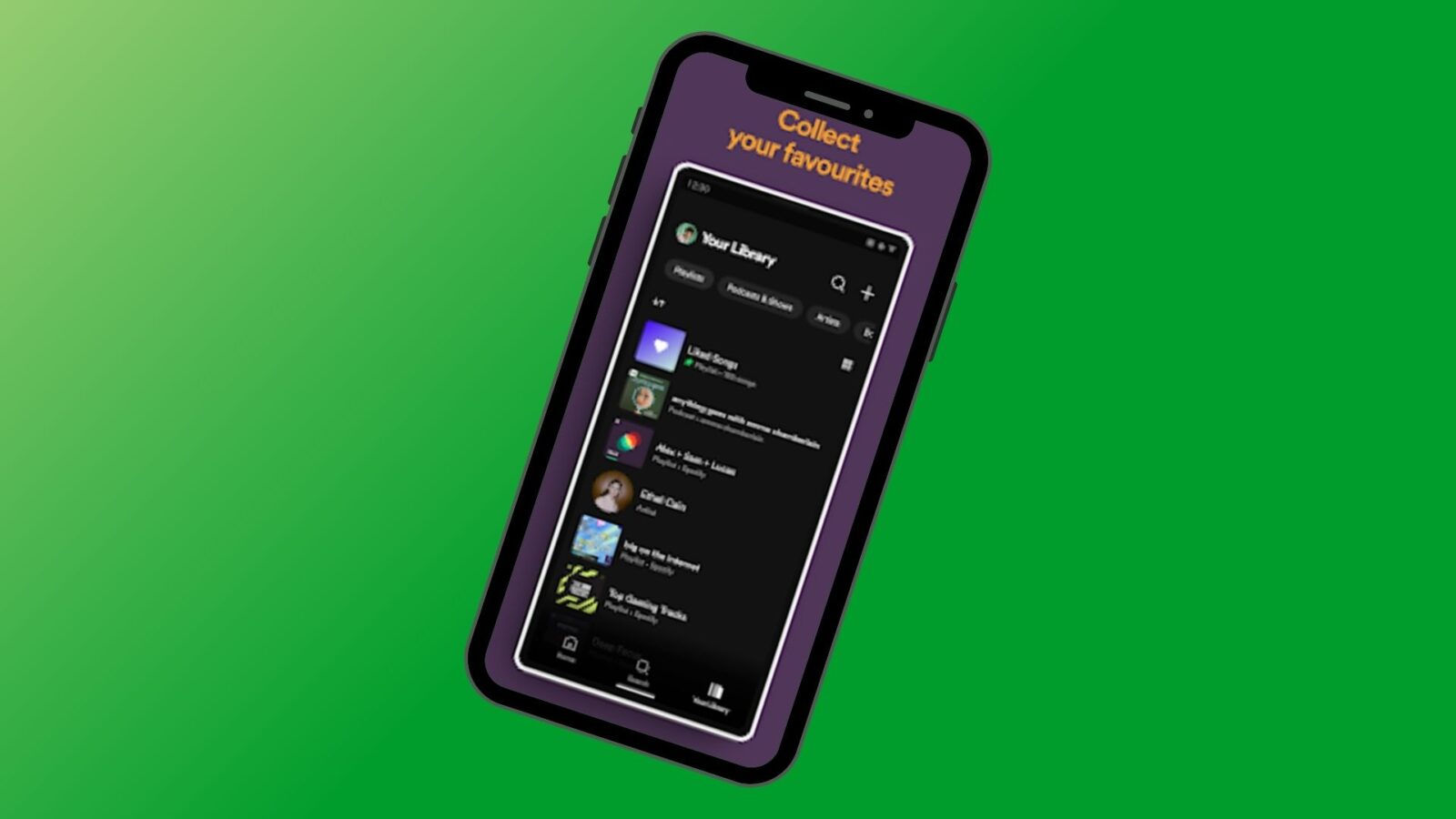Daftar Isi
In the vast ocean of music streaming services, Spotify stands out not only for its extensive library but also for its uncanny ability to understand your musical taste. Ever wondered how Spotify manages to create playlists that feel tailor-made for you? The answer lies in the Spotify algorithm, a sophisticated blend of data science, machine learning, and user behavior analysis. In this article, we’ll dive into the intricacies of the Spotify algorithm, unraveling the magic behind those personalized playlists.
Spotify Algorithm: The Building Blocks of Personalization
In the ever-evolving landscape of music streaming, Spotify stands out as a trailblazer in delivering personalized listening experiences tailored to individual tastes. At the core of Spotify algorithmic prowess lies a sophisticated blend of user behavior analysis and collaborative filtering techniques. Let’s delve into the building blocks of personalization that make Spotify a frontrunner in the realm of music discovery:
Understanding User Behavior
At the heart of Spotify’s personalized recommendations lies a deep understanding of user behavior. Every interaction, from clicks and skips to likes and shares, contributes to the intricate musical profile that defines each user. By meticulously analyzing these interactions, Spotify deciphers the unique musical DNA of its listeners. Whether you’re a jazz aficionado, a metalhead, or a pop enthusiast, Spotify algorithm works tirelessly to curate a bespoke listening experience tailored to your preferences.
The Power of Collaborative Filtering
Collaborative filtering serves as the backbone of Spotify’s personalized recommendations, harnessing the collective wisdom of millions of users worldwide. By comparing your listening habits with those of similar users, Spotify identifies patterns and correlations that inform its recommendations. If you share musical affinities with another user, Spotify leverages this insight to introduce you to new artists, albums, and tracks that align with your tastes. This collaborative approach powers iconic Spotify features like “Discover Weekly” and “Release Radar,” delivering a steady stream of fresh content tailored to your musical palate.
In essence, Spotify’s personalized experience is a testament to the seamless integration of data-driven insights and collaborative filtering techniques. By understanding user behavior and leveraging collective wisdom, Spotify empowers listeners to embark on a musical journey curated exclusively for them. Whether you’re exploring new genres, rediscovering old favorites, or diving into niche subcultures, Spotify’s personalized recommendations ensure that every listening session is a uniquely enriching experience.
Read More: Instrument Finder Apps: Unveiling the Magic Behind the Music
The Art and Science of Playlist Creation
In the ever-evolving landscape of music streaming, Spotify continues to push the boundaries of personalized listening experiences through its innovative use of audio features and mood mapping techniques. Let’s explore how Spotify algorithm transforms data into musical magic:
Audio Features and Mood Mapping
At the heart of Spotify algorithmic wizardry lies the dissection of songs into various audio features—tempo, energy, danceability, and more. These intricate features serve as the building blocks for mood mapping, enabling Spotify to curate playlists that align with your emotional state. Whether you’re in need of upbeat energy to kickstart your day or seeking soothing melodies to unwind after a long day, Spotify algorithm has you covered. Moreover, the algorithm takes contextual factors such as time of day and location into account, ensuring that the music you hear resonates with your current surroundings and mood.
The Serendipity of Surprise and Diversity
While personalization is paramount, Spotify understands the value of serendipity and diversity in the music discovery process. The “Daily Mix” playlists exemplify this ethos by seamlessly blending your favorite tracks with lesser-known gems, offering a delightful blend of familiarity and exploration. By nudging listeners toward genres they might not typically explore, Spotify encourages musical diversity and serendipitous discoveries. After all, music is a boundless universe, and Spotify algorithm ensures that every listening session is filled with delightful surprises and enriching experiences.
In essence, Spotify’s innovative use of audio features and mood mapping techniques transcends traditional music recommendations, offering listeners a deeply personalized and emotionally resonant journey through the world of music. By seamlessly blending personalization with serendipity and diversity, Spotify continues to redefine the way we discover, experience, and connect with music in the digital age.
Conclusion
The Spotify algorithm isn’t just about code; it’s about understanding the nuances of human musical taste. So next time you tap that “Play,” know that behind the scenes, an intricate dance of data points and melodies is crafting your perfect playlist.
































